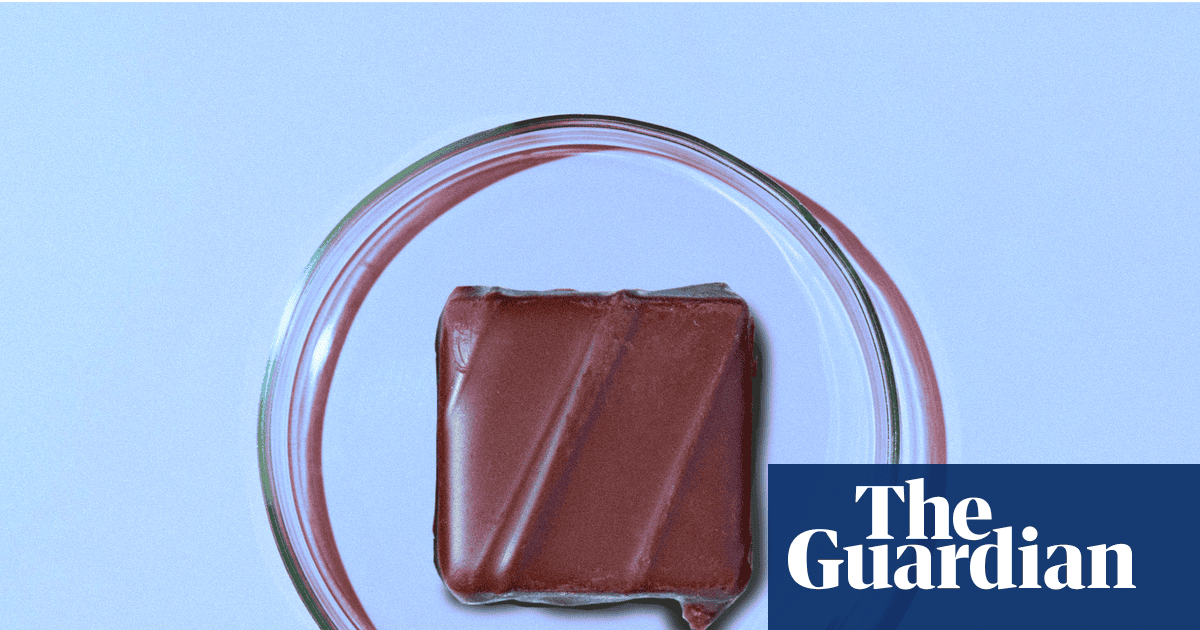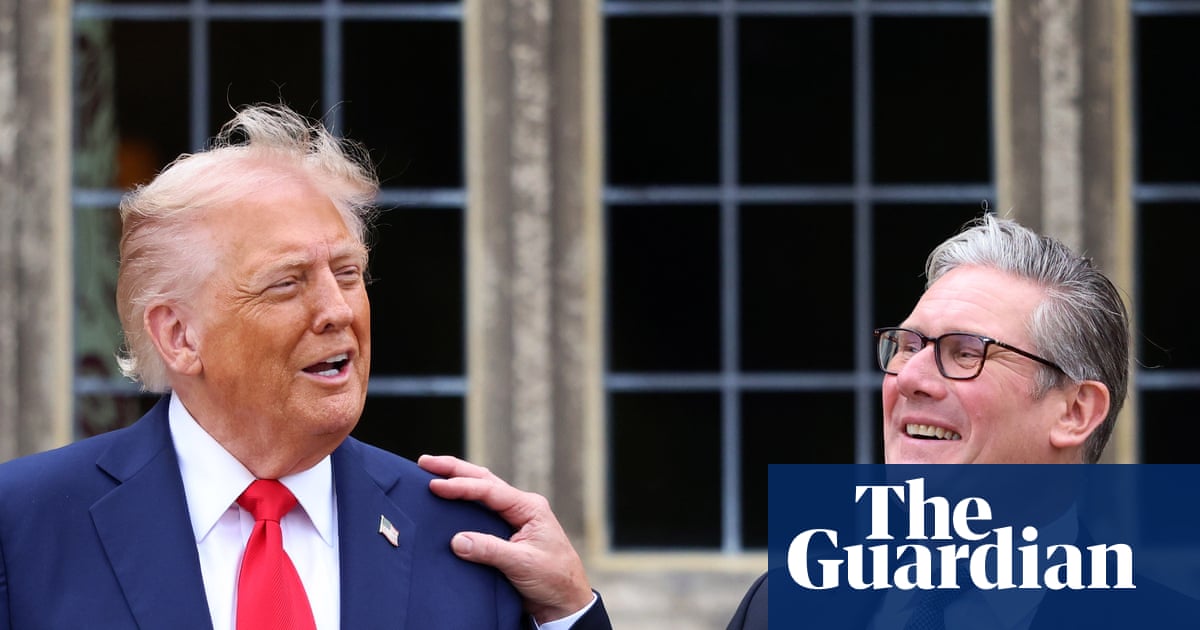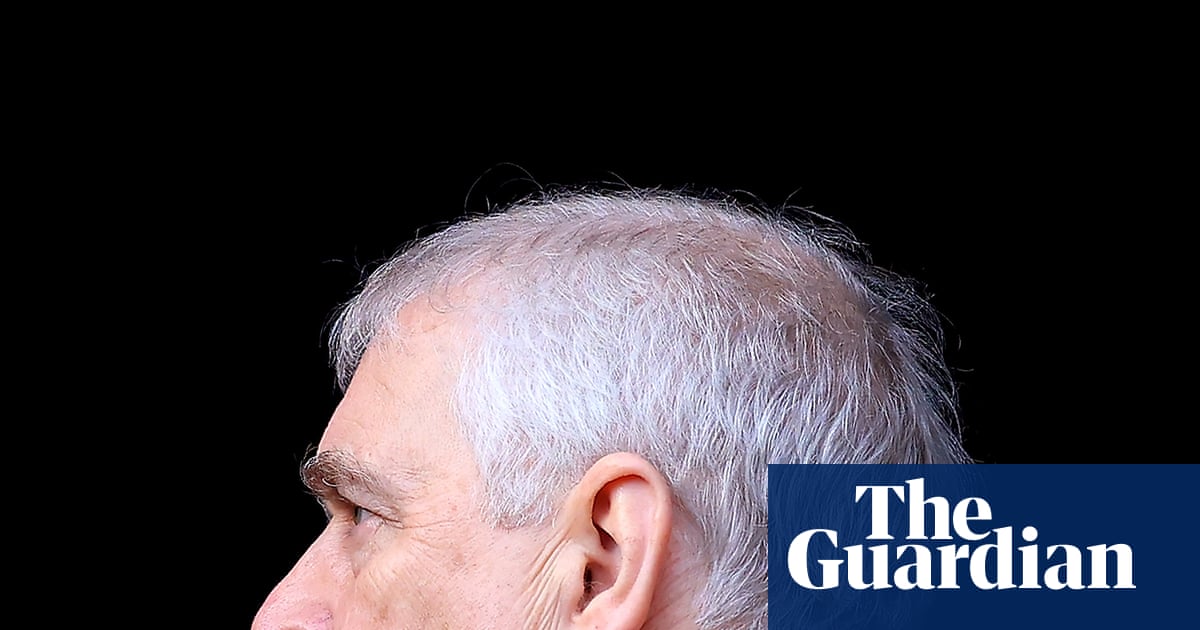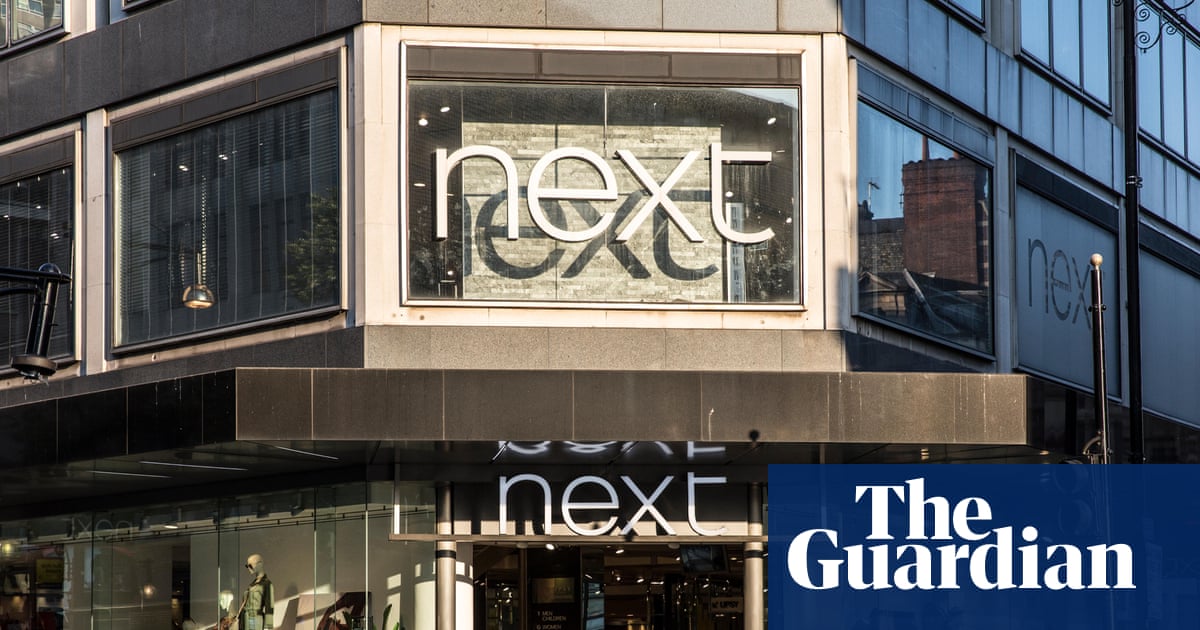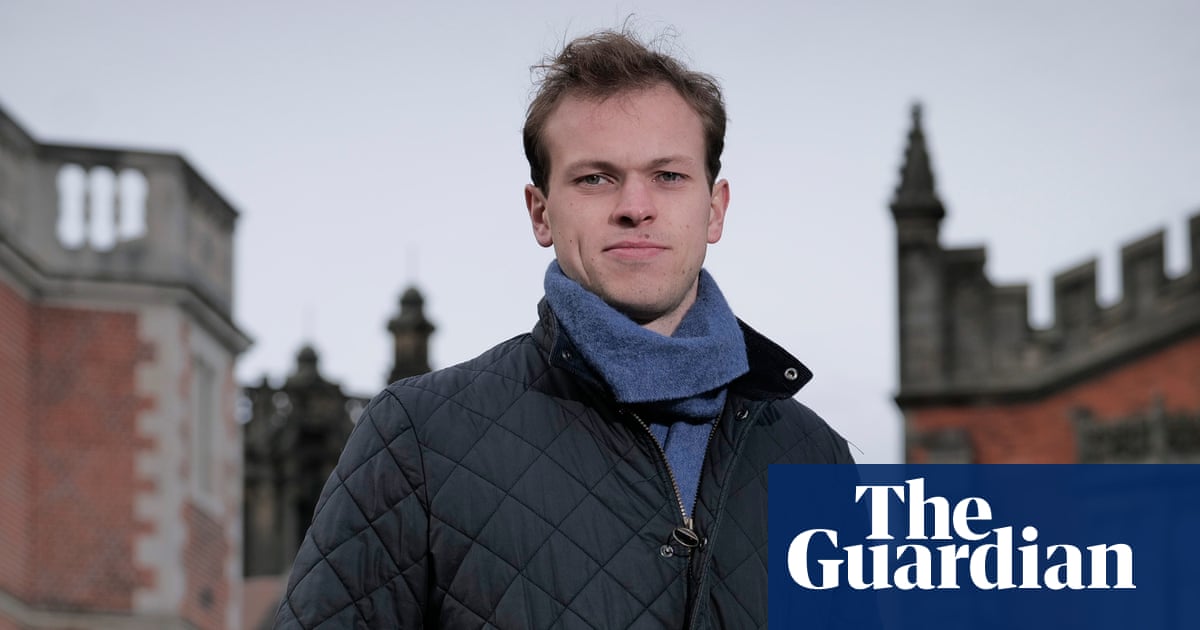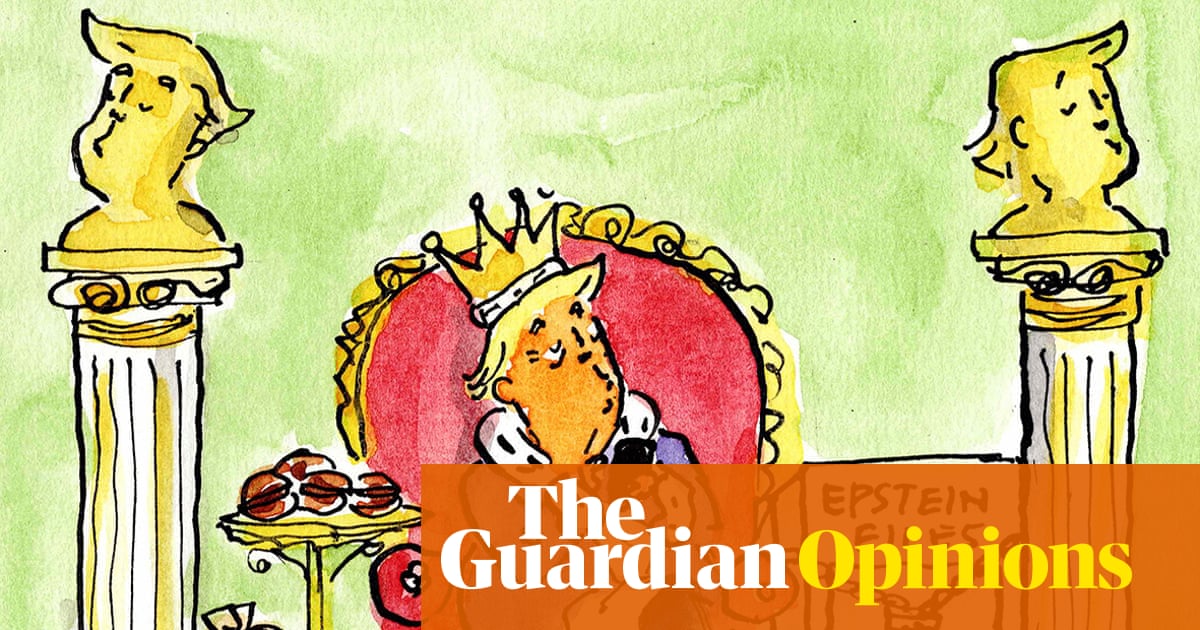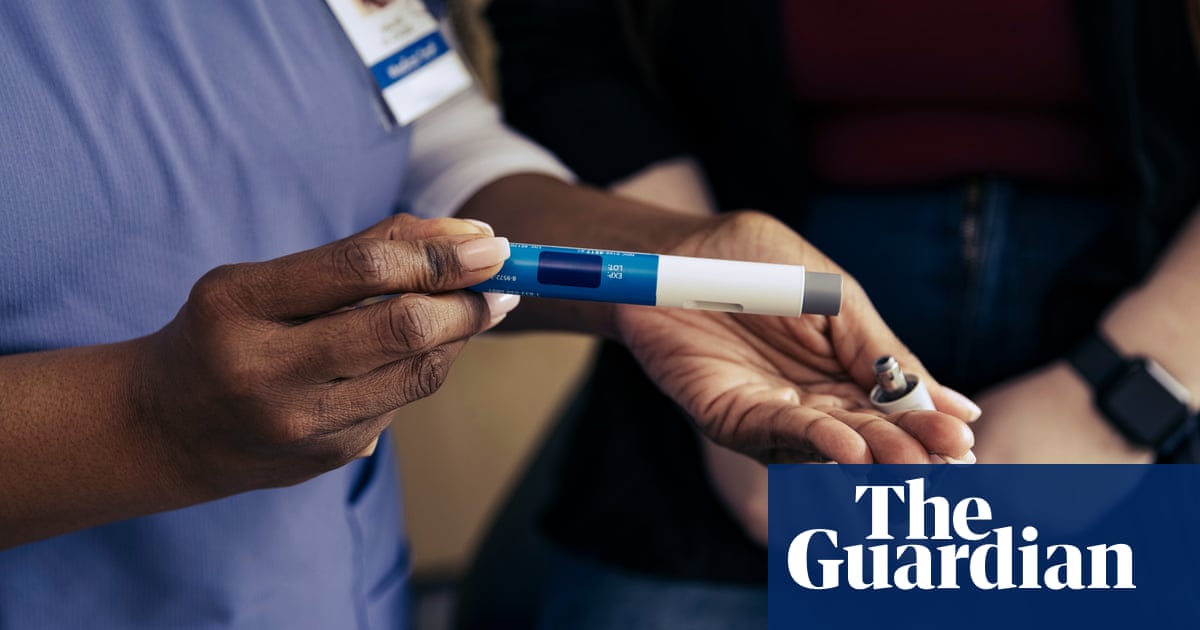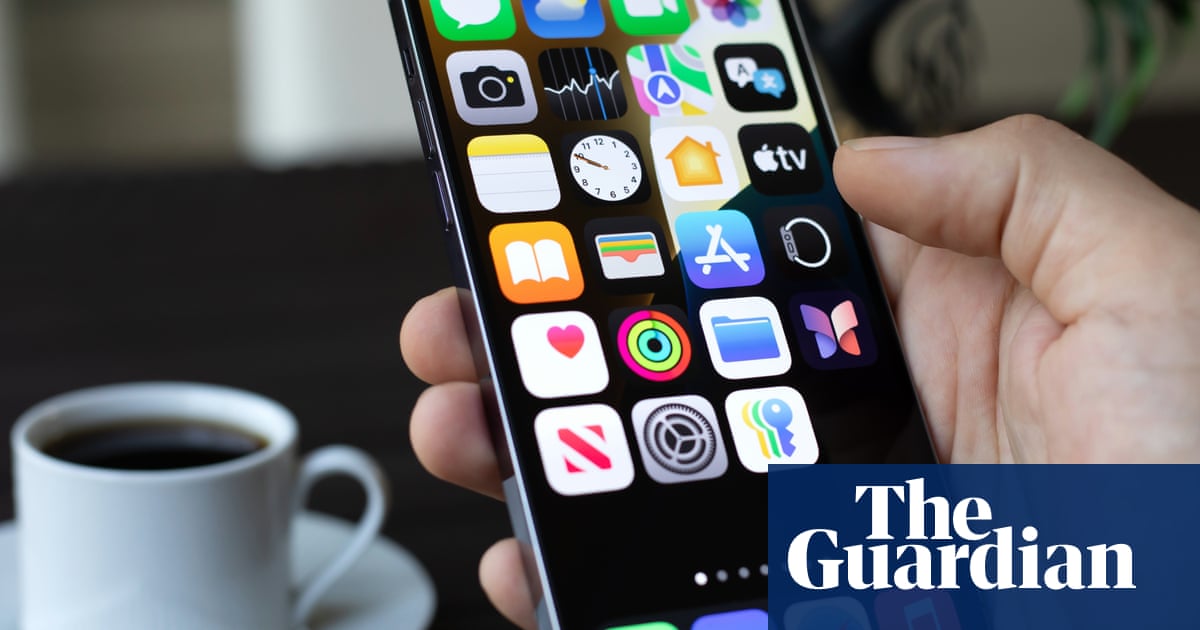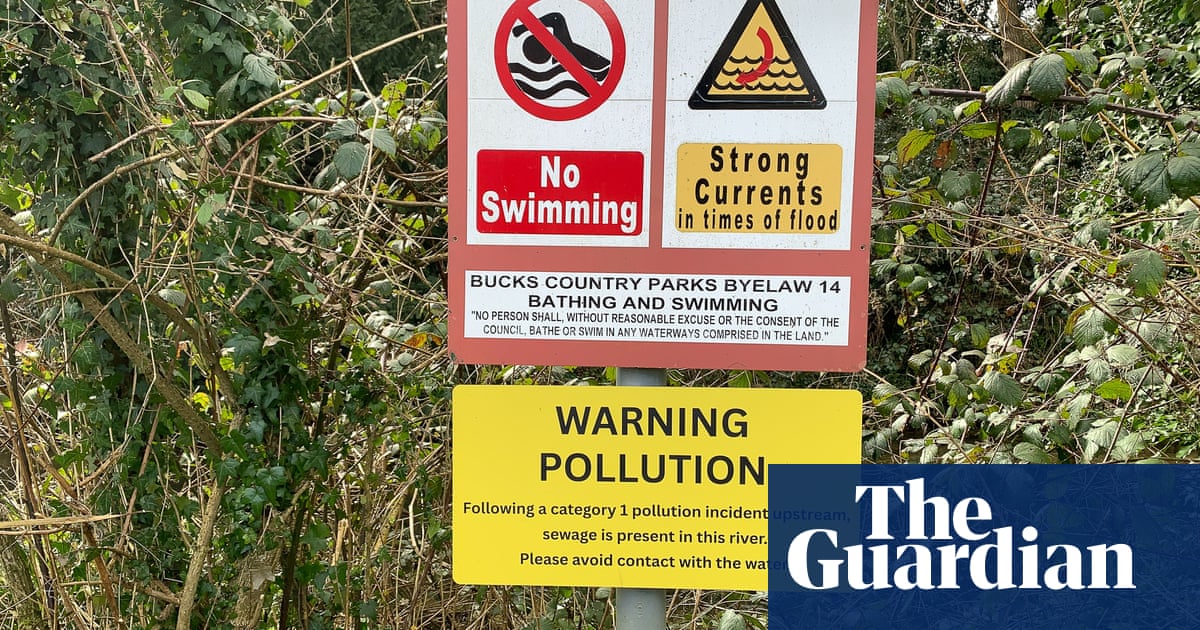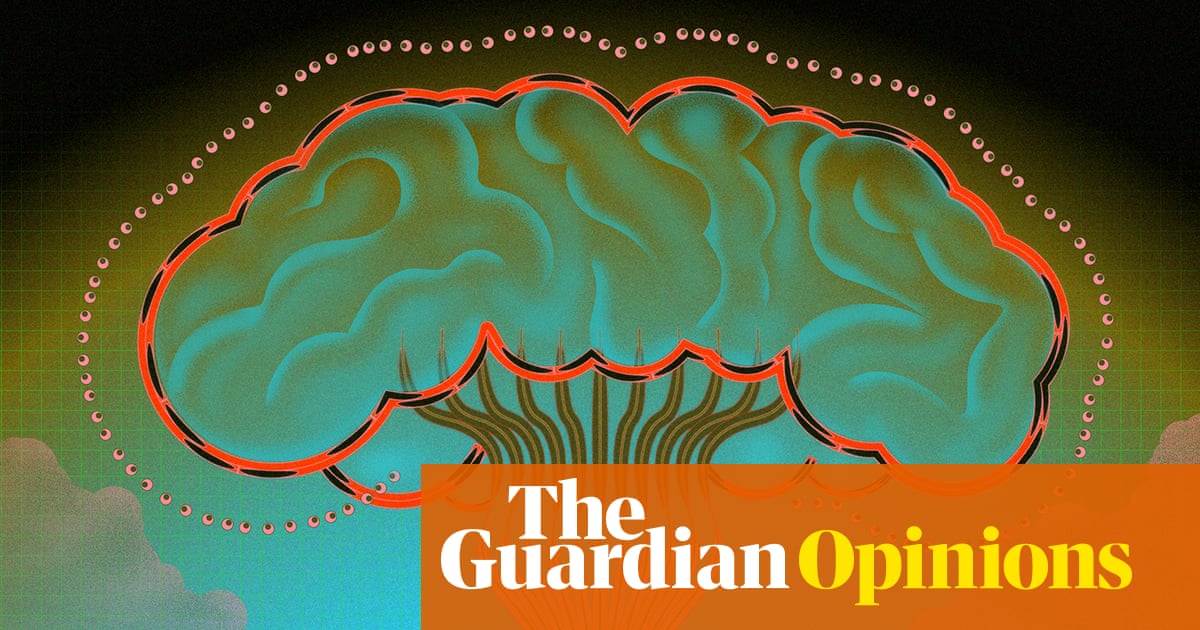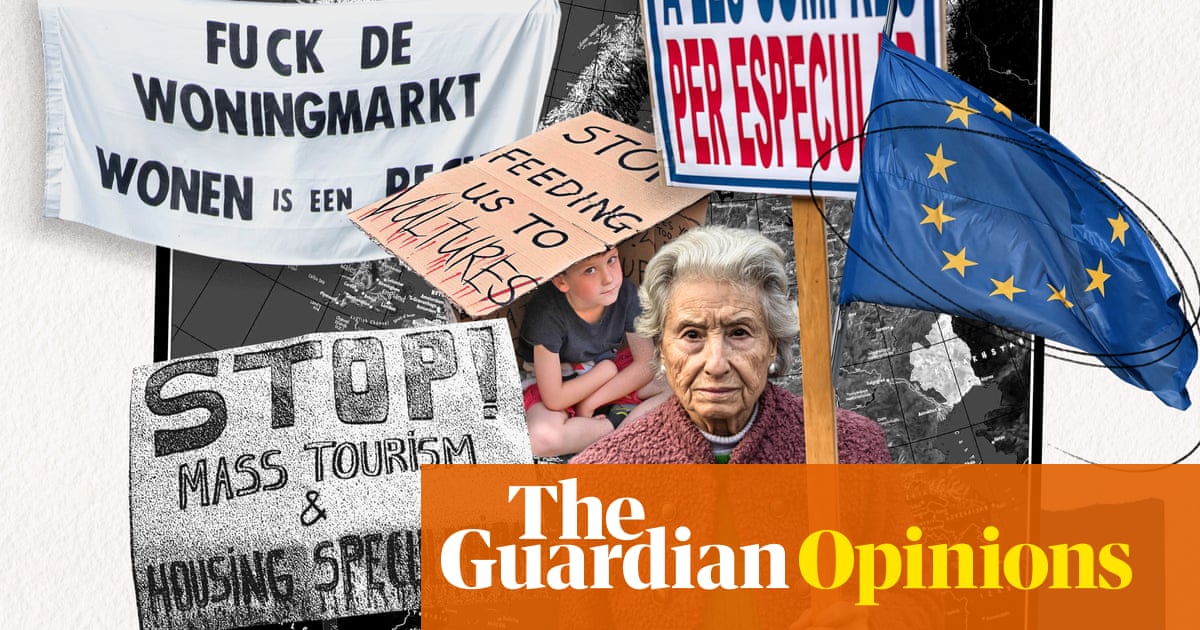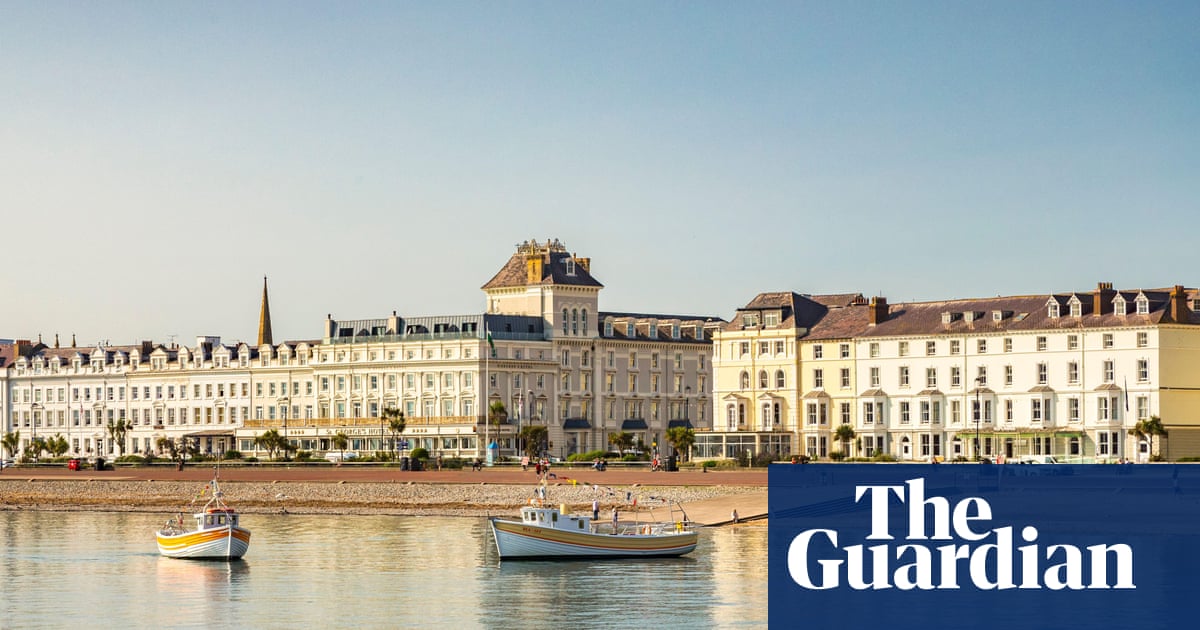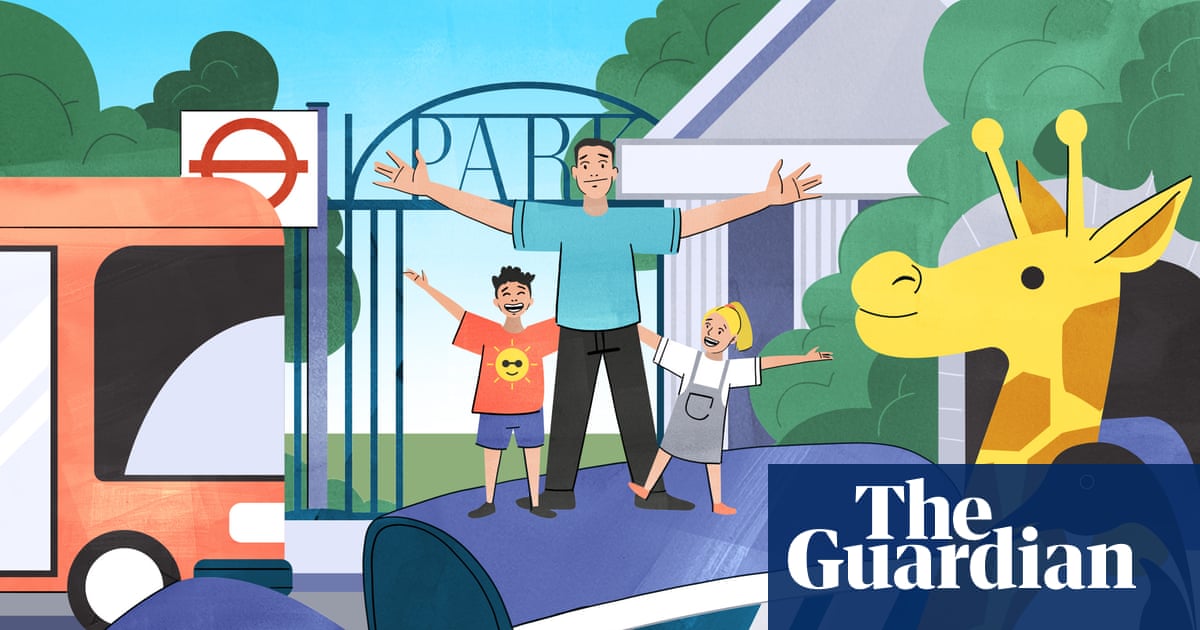Human bodies are like cities, teeming with microcitizens – vast communities of viruses, fungi and bacteria that live all over our skin and inside us. Unsung public servants help us digest food, regulate our immune system, defend against pathogens, and keep hormones in check. Together, they make up what we call the human microbiome.
Most people have probably heard of the gut microbiome, but different microbes thrive all over our bodies – in our nostrils, on our feet, in our eyes. They are slightly different, like boroughs are composed of different communities of people. Ninety per cent of cells in our body are microbes, and “clouds” of bacteria come off someone’s body as they enter a room. We are all walking ecosystems, picking up and shedding material as we move through life.
Modern life is waging a war against ecosystems inside us and surrounding us, however. When people think about the nature crisis they probably think about vanishing rainforests or species going extinct, but there is another, hidden extinction happening at a microscopic level. At the same time we are losing species from our planet, we are also losing them from within our own bodies – with huge implications for human health.
“What’s happening inside our own bodies is kind of mirroring what’s happening at a global ecosystem level,” says Anastasia Theodosiou from the school of infection and immunity at the University of Glasgow. “We are increasingly thinking about it as an ecological narrative.”
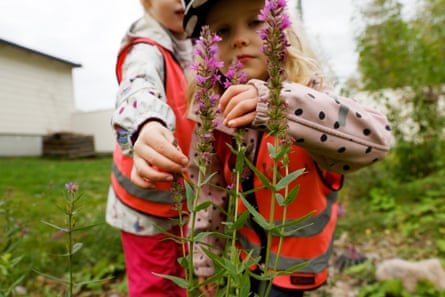
There is already plenty of evidence that the outdoors is good for us: better physical health, cleaner air, less exposure to extreme heat. But a growing body of research shows the surprising way that not all green space is created equal: the diversity of life that surrounds us is linked to our own health.
Sometimes researchers refer to this as the outer and inner layers of biodiversity. The greater the richness of species surrounding us, the more healthy microbes make their way to our bodies.
Across urban environments, there are higher rates of inflammatory disorders, including allergies, asthma and type 1 diabetes. Fewer people today die of infectious diseases, but autoimmune diseases have increased, and “this is hypothesised to be related to the loss of microbes”, says Ina Schuppe Koistinen, an associate professor at the Karolinska Institute in Sweden. This idea is called the “biodiversity hypothesis” and it came about thanks to the iron curtain.
In the 1980s, a team of researchers looked at differences in allergies between people living in the Finnish and Russian Karelia, who were genetically related. The Russian side was part of the Soviet Union with a subsistence economy, while the Finnish side had urbanised. The number of people with allergies was significantly higher in Finland, while in Russia, asthma was rare and pollen and food allergies almost nonexistent.
The Karelia Allergy Study was the first to link less exposure to nature to an increase in health problems. Fast forward to now and our disconnection from nature has become more acute. Deforestation is continuing at an alarming rate, with more than 8m hectares (20m acres) destroyed last year. By 2050, about 70% of the global population is expected to live in urban areas. The reduction in contact with nature has negative health impacts, including weaker immune systems and increased rates of asthma and anxiety.
The destruction of the natural world has also become the biggest driver of infectious disease outbreaks, as habitat loss forces humans and wild animals into contact. Research published last month concluded that preserving Amazonian forests would protect millions from disease.
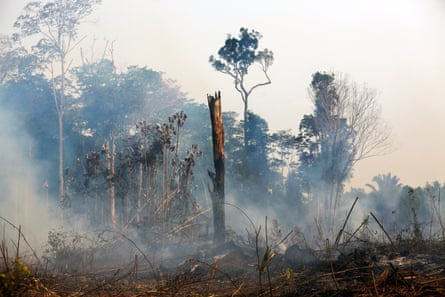
However, just as these human and ecosystem losses are happening in tandem, so the solutions work together too. Last month, a sweeping review of 1,550 studies found that taking action for biodiversity in cities had significant, wide-ranging benefits: better physical and mental health, healthier childhood development, stronger social connections, and less exposure to extreme heat, air pollution and noise pollution.
“The key take-home points are that if you take action for biodiversity in cities (through tree planting, or enhancing habitat in parks, or creating greenways), these actions will also likely yield benefits to human health,” says Erica Spotswood, a senior scientist at the San Francisco Estuary Institute and lead author of the paper published in the journal People and Nature.
“The potential for biodiversity and human health to benefit from taking action to green cities is huge,” says Spotswood.
Often, when we increase people’s encounters with nature, the results are immediate. An amazing study from Finland showed that just one month of growing plants boosted skin bacteria and the body’s immune response. It was not the act of gardening that was important but contact with healthy, biodiverse soils.
Research on the microbiome is proof of how intertwined our bodies are with the natural world. Every mouthful of food, the air we breathe and things we touch connects these two worlds. The desire to keep our own microcitizens healthy is another reason for people to demand we live more nature-rich lives, and take urgent action to preserve a thriving natural world.
Find more age of extinction coverage here, and follow the biodiversity reporters Phoebe Weston and Patrick Greenfield in the Guardian app for more nature coverage

.png) 7 hours ago
5
7 hours ago
5


